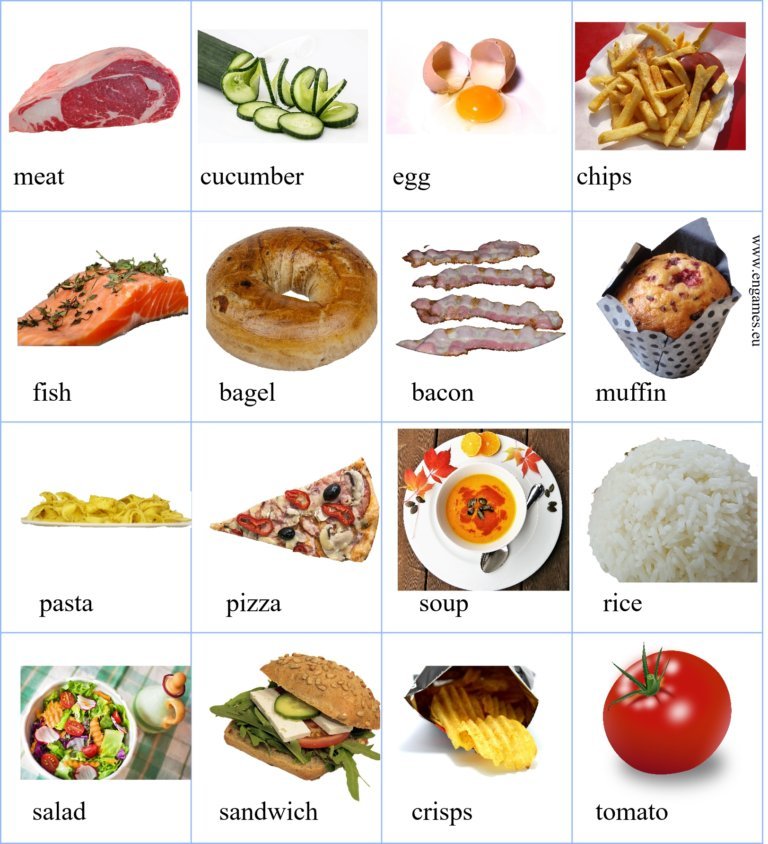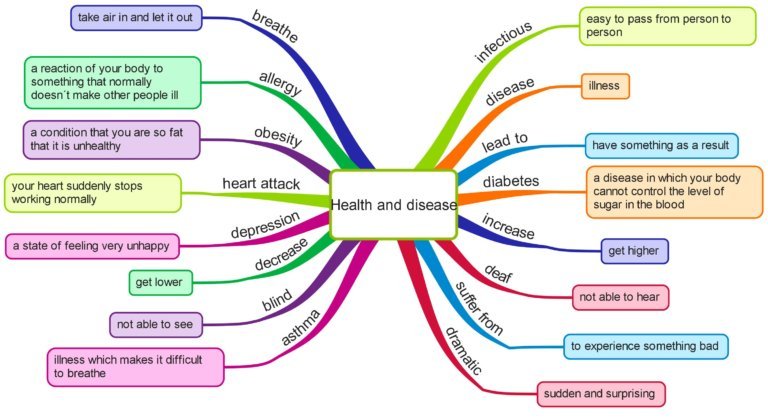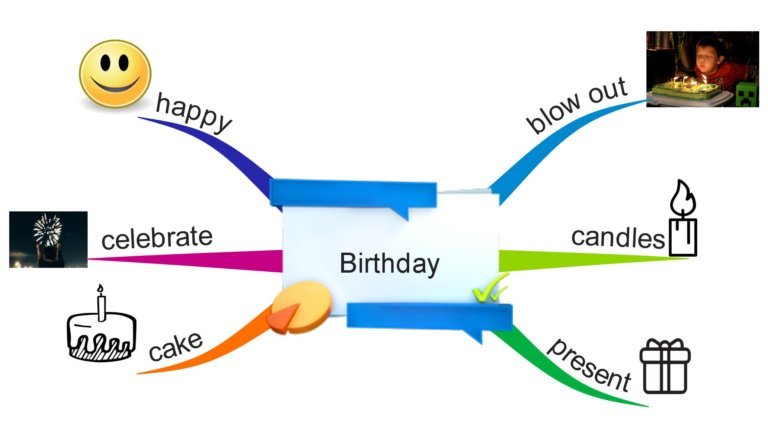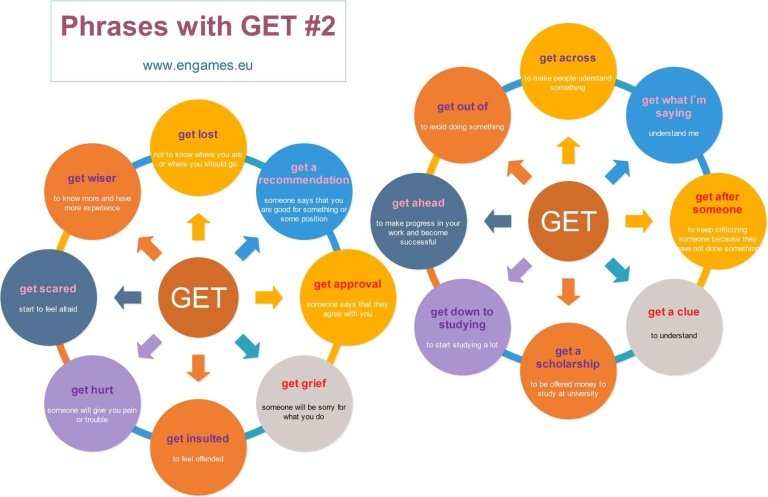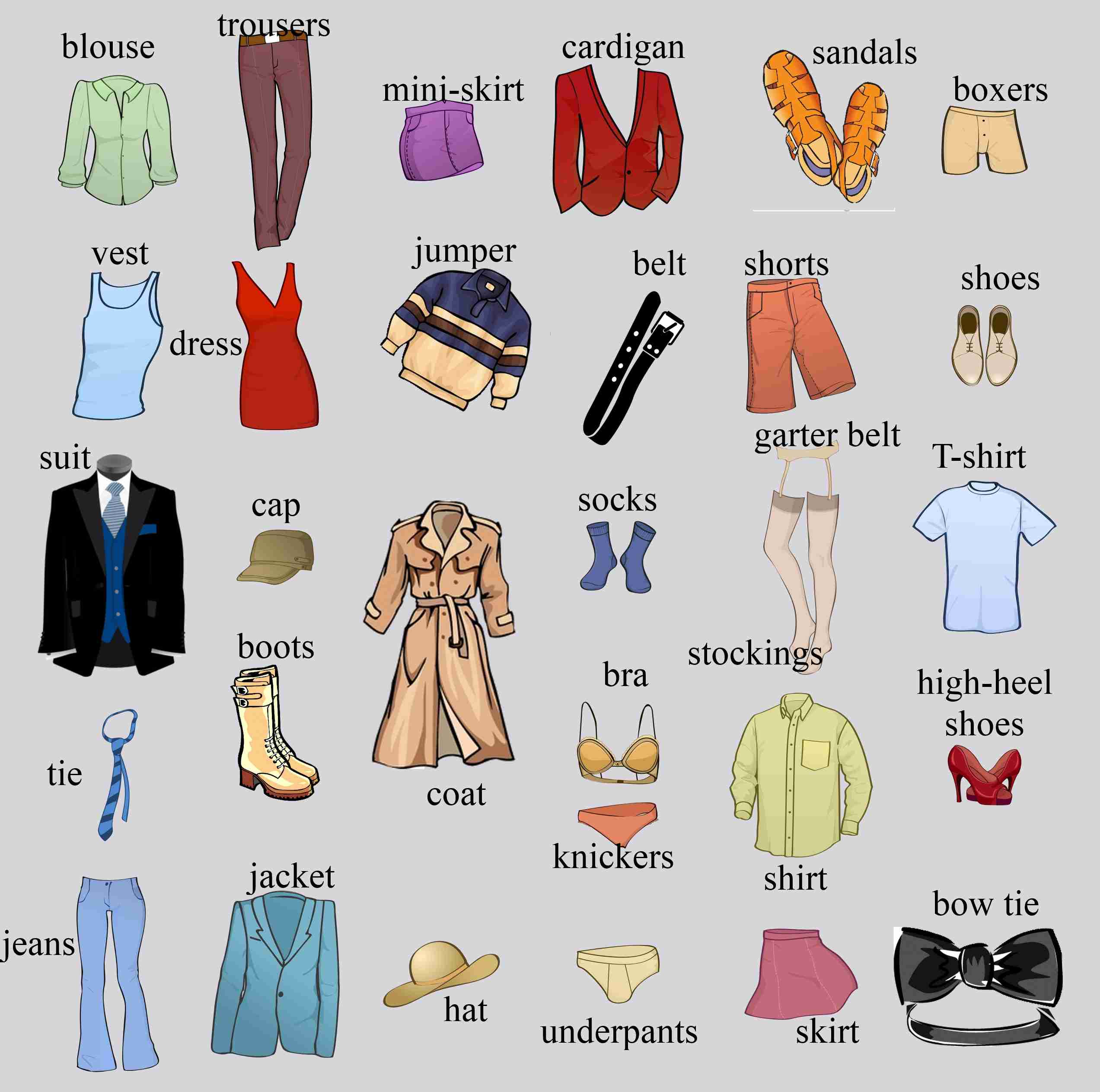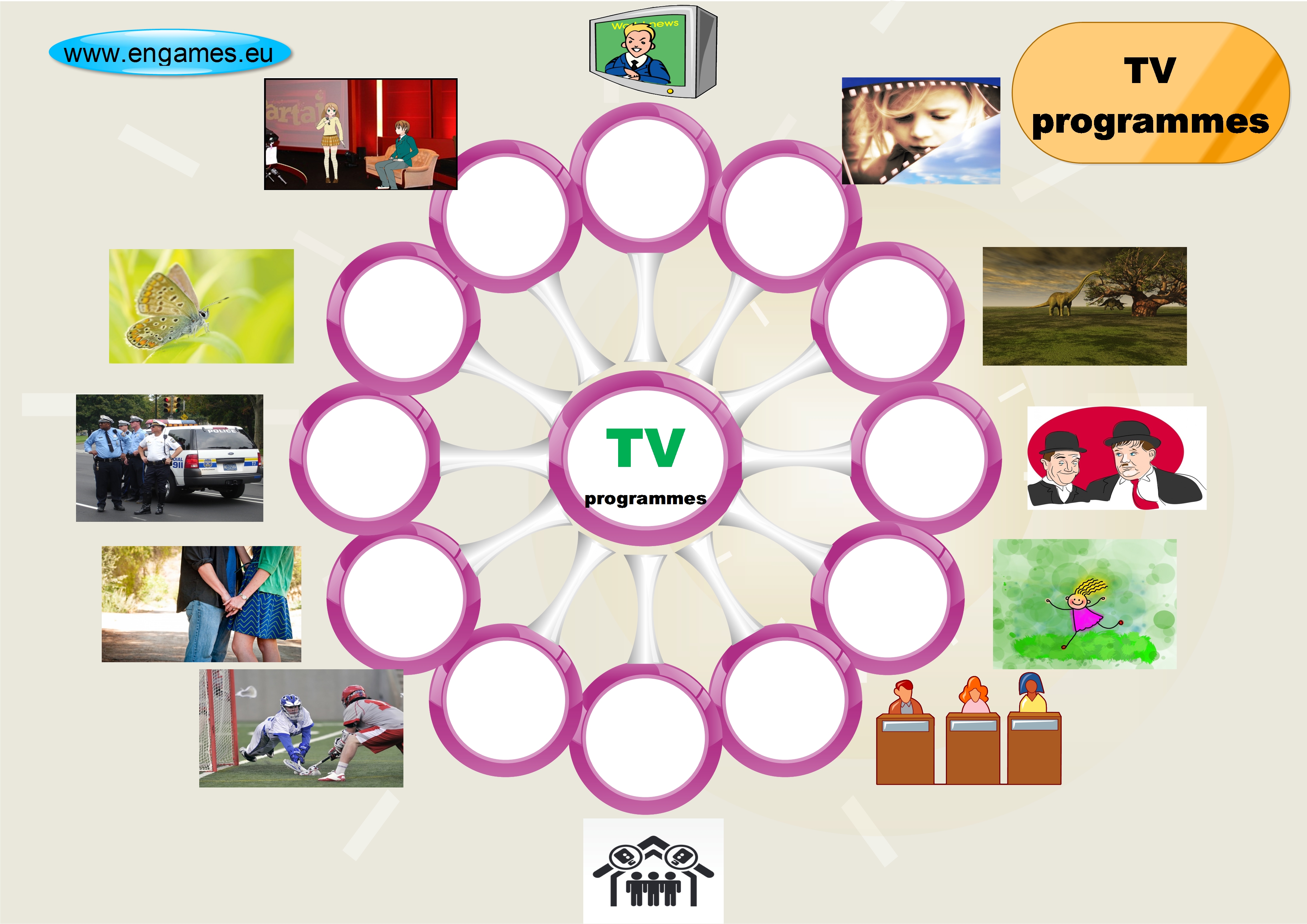Personal Qualities vocabulary
In this post, you can learn the vocabulary to describe personal qualities. Here we will try to teach you the following words: sociable, friendly, sensitive, talkative, confident, ambitious, dull, cheerful, easygoing, loyal, honest, worried, modest, shy, sensible, hardworking. These words are quite useful, as you can speak about other people and describe them. ADVERT: [showmyads]…

